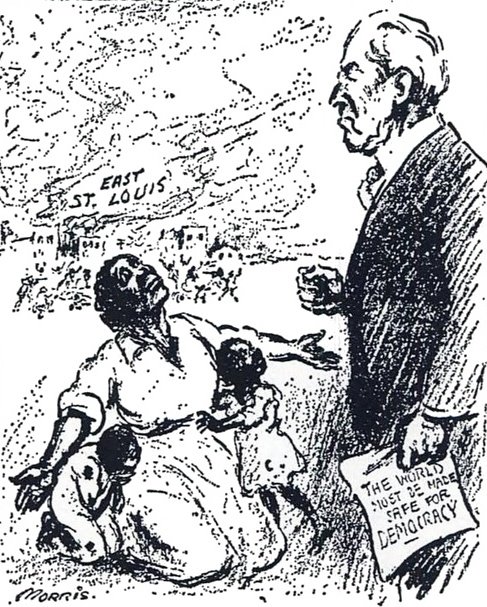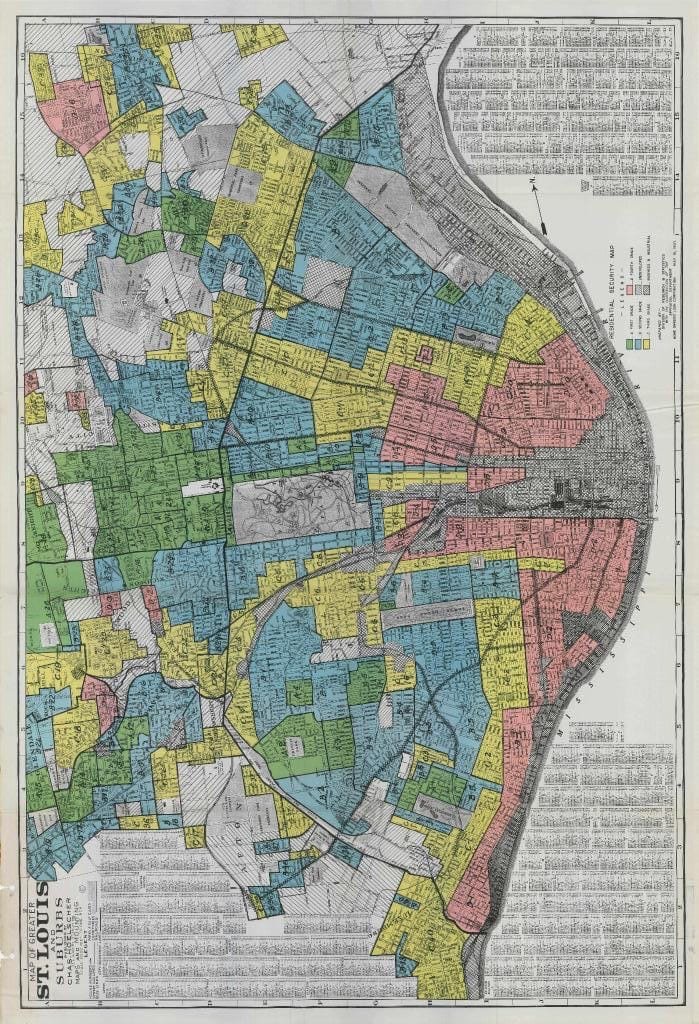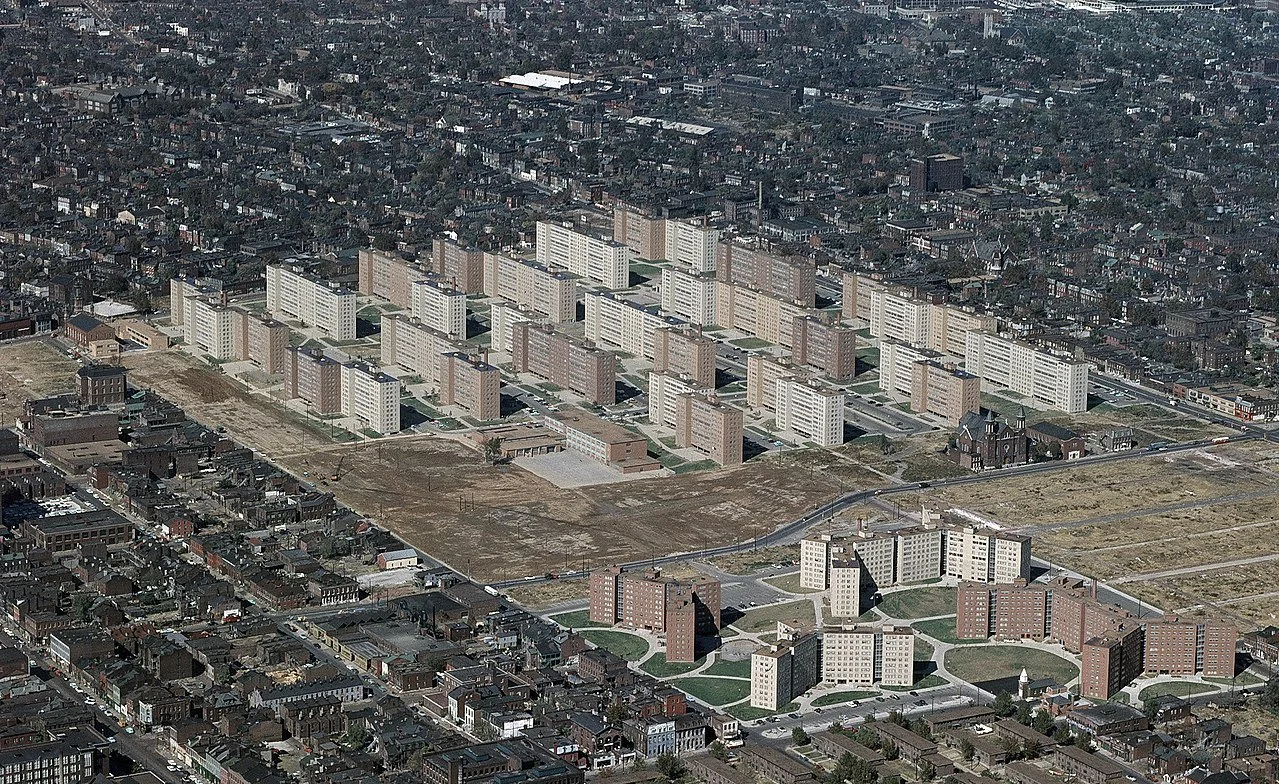History
We start by tracing the early experience of African Americans in 1619 and overview how racial views from Europe influenced the early structures of governance from the colonies through the founding of the United States to the end of the nineteenth century.
We begin with the arrival of the first African slaves on the North American shores in 1619 and continue through the resurgence of white supremacy in the early twenty-first century. While the history section is, for now, complete, we will continuously update the website.
We hope this historical overview is a first step toward creating a more just and democratic society. As communities organize to advocate for more economic opportunity, community-based policing, and fair access to health care and education, we all benefit from understanding the systems that contributed to the inequalities and biases experienced today.
1880: Lynching
As the South struggled to recover economically from the old plantation system, white anger grew and was focused on Blacks. African Americans were viewed suspiciously, and brutal, extrajudicial killings were used to control them and keep them in a state of fear and subjugation. Lynching became an especially horrendous tool used by the Ku Klux Klan and other white mobs as a way to instill fear and to ensure that Blacks followed the racial segregation required by whites.
1896: Plessy v. Ferguson
The effects of Jim Crow laws were compounded by the U.S. Supreme Court ruling on Plessy v. Ferguson in 1896 which held that racial segregation did not violate the U.S. Constitution’s Fourteenth Amendment. The Court narrowly interpreted the amendment, effectively formalizing the racist “separate but equal” culture that pervaded the South and border states like Missouri into law, and that led to systematic, gross inequality and violence against African Americans.
1897: Origins of Anti-Black Criminology Bias
Statistician Frederick Hoffman published “Race Traits and Tendencies of the American Negro.” He argued that recent census numbers proved African Americans were headed for extinction.
1897: W. E. B. Du Bois
In 1897, a rising African American leader William Edward Burghardt Du Bois accepted a position at the historically black college, Atlanta University. Two years later he published one of his seminal works, The Philadelphia Negro, where he discussed his research and findings after spending two years studying African American communities in Philadelphia. His work challenged prevailing racist views and laid out for the sociological field a more scientifically rigorous method of conducting social research.
1900: City/ County Segregation
The division of St. Louis into city and county became a tool for segregation in the twentieth century.
1904: World’s Fair
The ultimate goal of the City Beautiful movement was to “encourage inhabitants to become more productive and patriotic” (Campbell, p. 18). While most of the ambitious plans for the City Beautiful were not realized, St. Louis and the state of Missouri did invest millions of dollars clearing land, building temporary structures, and diverting waterways to prepare for the 1904 World’s Fair to celebrate the Louisiana Purchase.
1910: The First Great Migration
By 1910, white control of southern rural America, enforced by Jim Crow laws, made life for African Americans in the South intolerable. Hoping to find more freedom and better economic opportunity elsewhere, many African Americans moved with family and friends to the cities, especially northern cities and cities located in border states.
1916: Eugenics
At the turn of the twentieth century, debates regarding urban health, social advancement, and the creation of a stronger society dominated white academic literature. With the increasing acceptance of social Darwinism and “survival of the fittest,” scientists began exploring genetics as a pathway to creating a better society.
1917: East St. Louis Riot
On July 2, 1917 mobs of armed white people attacked Black workers at the Aluminum Ore Company in East St. Louis. White workers were upset that the company had hired Black people in an attempt to break a labor strike. The results were disastrous as white workers burned buildings and shot African Americans.
1919: Segregated Medical Care & The Homer G. Phillips Hospital
The complex ramifications for such a racially informed pseudoscience went far beyond simply justifying prejudices and segregation practices, eugenics and such racism had a concrete and direct negative impact on health outcomes for African Americans in the St. Louis region.
1921: The Tulsa Riot
Also known as “Black Wall Street,” the Greenwood section of Tulsa, Oklahoma housed most of the black city’s population. On May 30th, Dick Rowland, a 19 year old shoe-shiner, was accused of attempting to rape a 17 year old white elevator operator, Sarah Page.
1929: The Great Depression
The American economy crumbled in 1929 with the financial crash, which began a period known as The Great Depression. As with all economic downturns, those closest to subsistence living suffer the most, leaving African Americans disproportionately affected.
1933: The New Deal
African Americans suffered disproportionately under the Great Depression. The programs created to ameliorate some of the effects of the economic crash benefited poor whites and blocked poor Black people.
1935: Redlining
The systemic racism underpinning these HOLC maps devastated African American homeownership and generational wealth (wealth and security passed from parents to children) produced by home equity.
1939: World War II
During the Depression and before WWII, African Americans in Saint Louis continued to struggle.
1944: The GI Bill
One benefit of serving in WWII was the promise of the GI Bill, which provided veterans with assistance through education, job training, and low-cost mortgages; however, African Americans were often excluded from these benefits, because their military service was limited to “mostly menial and low-paying” military roles.
1947: The Gateway Arch
As early as 1935, Saint Louis city leaders and urban developers had discussed a memorial on the Mississippi River. But the roots of the Gateway Arch stretch back to the City Beautiful movement of the early 1900’s when Progressive Era politicians and civic organizers strove to improve the aesthetics of Saint Louis along with its socioeconomic situation. It wasn’t until the 1940s, 1950s, and 1960s that the vision of a memorial to America’s past and its future would be designed and built.
1949: “Urban Blight”
“Urban blight” became yet another euphemism that gave white politicians and commercial developers access to areas of the city deemed valuable for future economic development. Despite representing some of the city’s most depressed residents in need of revitalization, African Americans were pushed out, relocated to another depressed area of the city, and left in the same if not worsening circumstances.
1950: Blockbusting
Real estate speculators were increasing their use of a prejudice-driven tactic called “blockbusting'' to clear entire neighborhoods once populated by middle- or upper-class whites and selling or renting houses at large profits to African Americans who had few choices for home ownership. At its most basic level, blockbusting was the process of scaring white people out of neighborhoods so corrupt investors could buy their houses at a reduced price and then sell or rent those same houses to African Americans at a huge profit.
1956: Highway Revolts
During Nixon’s term, African Americans were subjugated to more than just racist drug laws. Using the Federal Aid Highway Act of 1956 as support, federal and state governments passed racist zoning and “redevelopment” laws that forced hundreds of thousands of African Americans from their city homes and into other equally marginalized neighborhoods or poorly constructed public housing. This mass displacement was enacted to make room for “beltways” around cities and freeways through urban centers, which were quickly being transformed from “blighted” black neighborhoods to profitable commercial centers, such as sports arenas.



















